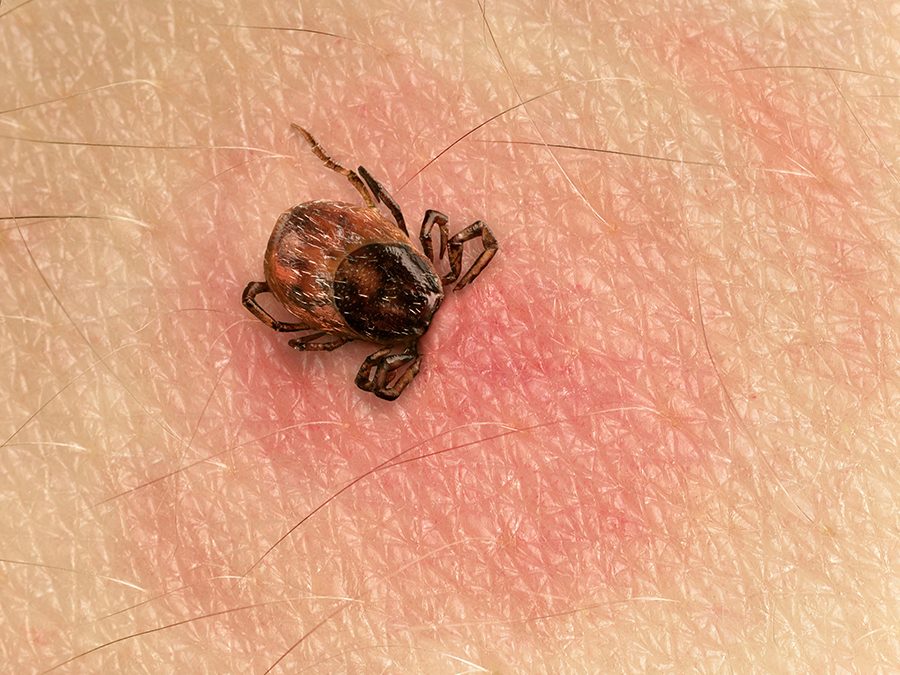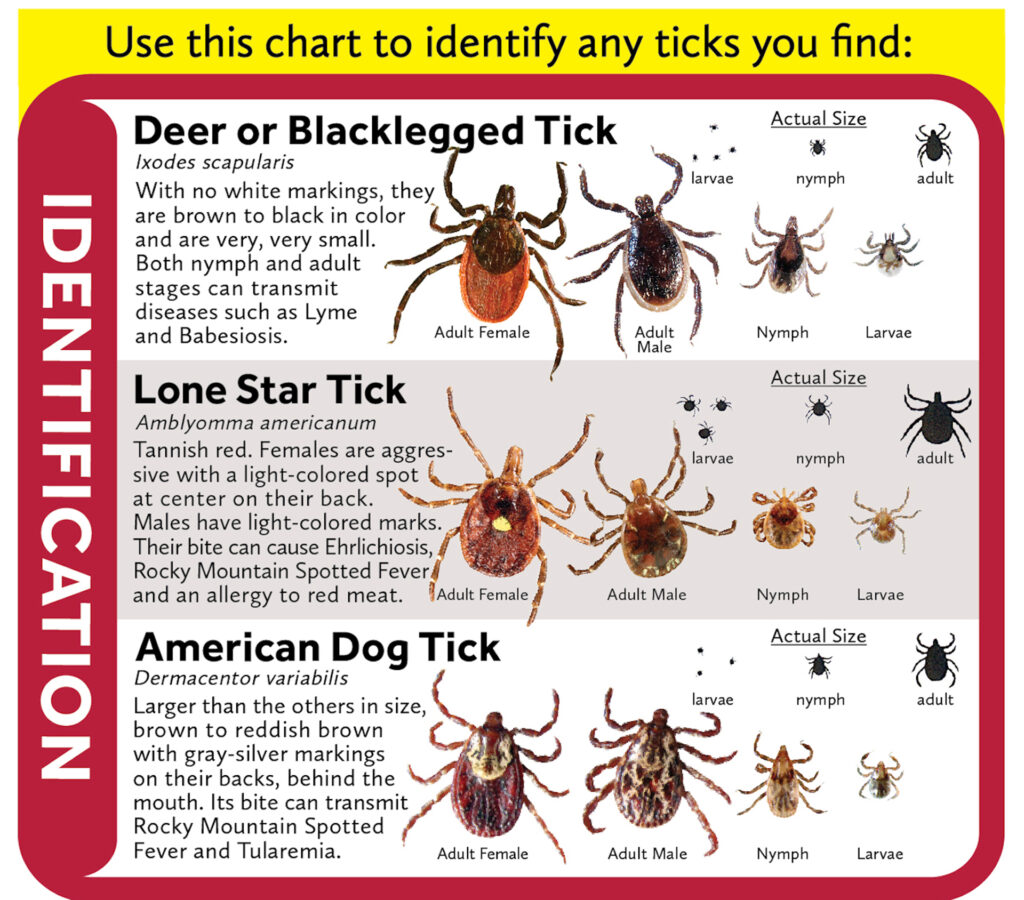Unfortunately for sufferers, there is quite a range of diseases and conditions with similar and overlapping symptoms and effects. Of course, some relief can be gained by analgesic painkillers, but unless the underlying condition can be accurately diagnosed, it cannot be properly treated. Long term pain killers is not the best fix.
Non-diagnosis, self-diagnosis and incorrect diagnosis of conditions has caused many people to suffer much longer and more deeply than they might otherwise have. Further, for want of a prompt diagnosis and treatment, many have developed conditions to a chronic stage that makes traditional treatment harder or less effective, sometimes affecting them for the rest of their life.
One of these conditions is Lyme disease. Lyme disease is a condition caused by bacteria referred to as Borrelia burgdorferi and the co-infections. One way this illness occurs is when a person is bitten by a tick that is infected with the bacteria. The tick does not produce the bacteria but is a carrier. This is the most common condition known.
Many people are unaware they have been bitten by a tick, and those that are, may not make a connection between the bite and subsequent symptoms. In the past, many doctors have also not considered the connection, and have not performed the correct tests to determine if the infection exists.
As with most diseases and conditions, there are factors relating to prevention, and to overcoming the disease itself. This document provides insight into how the disease occurs, how to help prevent it, and current treatments for both initial and chronic instances of the disease.
Most of Lyme disease is overlooked by the medical profession because it is hard to detect, each person may react differently. Your symptoms vary from person to person and animal to animal. We may have been exposed from various sources and never even visited a forest or place commonly known to encounter ticks. Mosquitos and other insects may also be a carrier of these bacterias.
What are Ticks?
Ticks are small parasites that exist by sucking blood from a host. Ticks are not insects but have eight legs and are from the same family as spiders. There are hundreds of tick species distributed over the world.
Most are non-injurious to human health. However, some ticks can cause severe irritation and others are dangerous because they carry this disease.
Depending on the tick species, that host can be human or animal, including birds, mammals and even cold-blooded reptiles and amphibians. Different tick species target different hosts.
How do Ticks Spread Disease?
Ticks do not stay permanently attached to one host. When they choose a human host, they bury their mouthpiece into the skin to suck blood to keep themselves alive. The volume of blood they consume is inconsequential, health-wise, what is more important is what they leave behind.
Some tick species which attach themselves to humans inject a mild anesthetic while they are attached, like that injected by a mosquito. For this reason, many people are unaware of the tick while it is attached. As with a mosquito bite, this can cause itching for a period even after the tick has been removed.
One species of tick in Australia can cause temporary paralysis in humans, especially children and can require an anti-venene. This tick can kill a dog in a few days if not detected quickly. Every country has some type of tick or insect that can inject a host.
We then become infected and carriers of the Lyme disease and it can be transferred between another animal or human.


